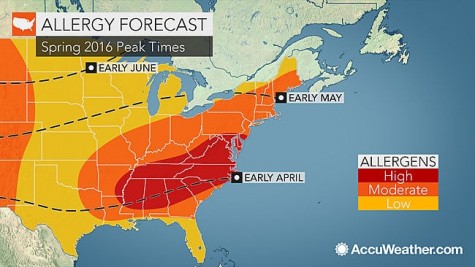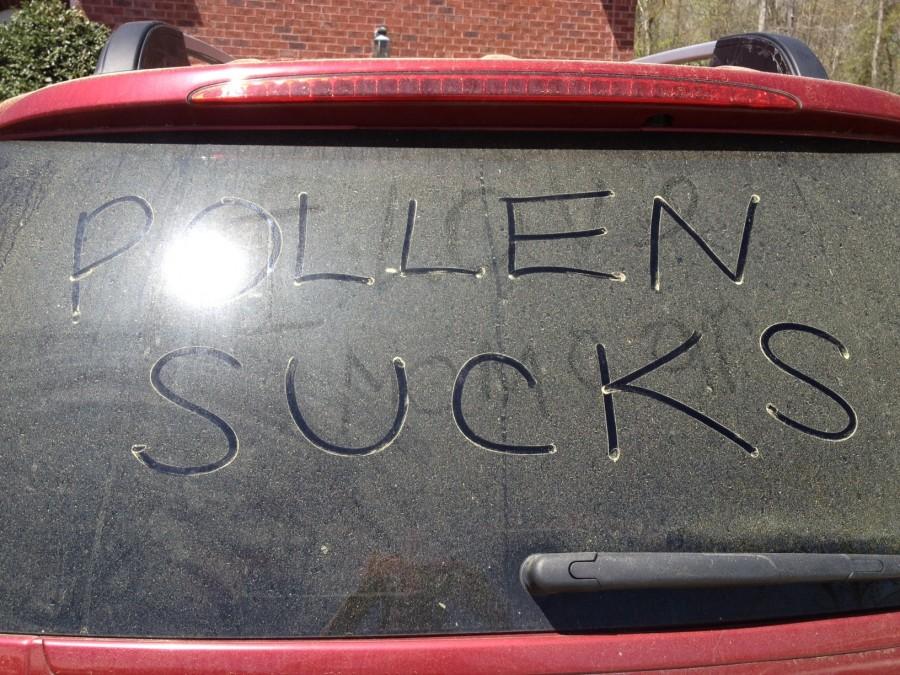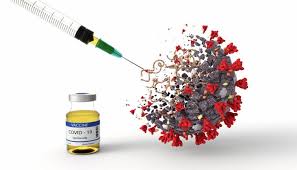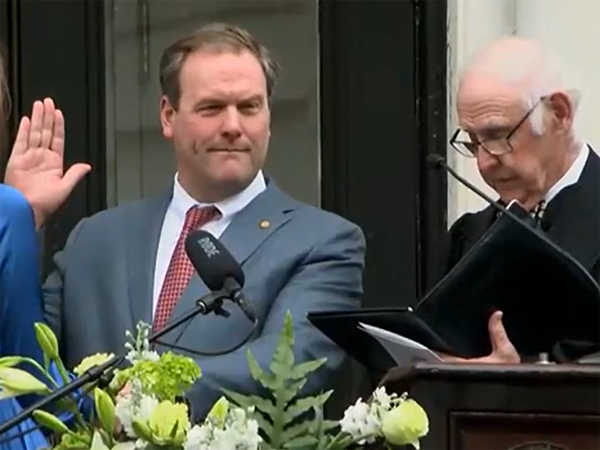The Season for Sneezin’
What does spring mean to you? Warm weather? Flowers? A chance for rebirth and renewal? Blossoming hope and love? A time to indulge in joyous youthful pleasures?
It’s more like an impenetrable yellow blanket perpetually coating your car. A runny nose. Burning lungs. Violent sneezing. Itchy, bloodshot eyes. Nasal congestion and asthma so severe that you are left with a persistent, pounding headache. And don’t even get me started on the no-see-ums.
In most of the continental US, trees and grass release allergy-causing pollen beginning in early March. In South Carolina, the biggest culprits are pine and oak trees. According to the Asthma and Allergy Foundation of America, Charleston is the 22nd most challenging US city to live in with spring allergies. Our state capital, Columbia, is number 16.

The pollen this spring is particularly nasty because of the record-high winter we’re coming out of. El Niño, a periodic variation in air and water temperature in the Pacific, causes a warmer and rainier winter in the Southeast United States. The 2015-2016 El Niño was the strongest on record. With above-average warmth comes more pollen, and sooner.
Symptoms of hay fever include sneezing, runny or congested nose, headache, fatigue, and itchy, watery eyes. But, you’ve probably experienced most of those for yourself.
If you’re looking for relief, experts recommend staying indoors on warm, dry, breezy days and taking antihistamines like Zyrtec and Allegra. For more severe cases, prescription nasal sprays are available.
So don’t let pollen ruin this beautiful season! Now that you’re educated and prepared, this spring should be allergeasy.


















